
A Worldwide Call to Action
June 26, 2025, marked the International Day Against Drug Abuse and Illicit Trafficking, a UN-designated observance since 1989. Under the theme “Breaking the Chains: Prevention, Treatment and Recovery for All,” the day amplified a clear message: drug abuse is not merely a legal issue, it’s a public health crisis requiring compassion, science-based interventions, and coordinated global efforts. Gathering around this call, communities across India and beyond seized the moment to renew commitments to prevention, support, and collective healing.
Nagaland Leads with ‘Carrot and Stick’ Strategy
In Nagaland, the observance resonated across districts including Kohima, Mokokchung, Mon, and others. In Kohima, the Nasha Mukt Bharat Abhiyaan Committee convened stakeholders, law enforcement, healthcare professionals, NGOs, to emphasize a balanced intervention strategy. District officials urged a dual approach: dismantle supply chains with enforcement (“stick”) while fostering rehabilitation and reintegration support (“carrot”). Deputy Commissioner Mon, Wennyei Konyak, echoed this sentiment in Mon’s Town Council Hall, urging youth and community leaders to step forward. His call for prevention-first attitudes, enriched by treatment outreach and peer-to-peer counselling, set a tone of hope and ownership.
Human Stories Build Collective Resolve
Across districts, survivors’ testimonies underscored the emotional core of the campaign. Recovering addicts shared journeys from addiction to recovery, illustrating the life-saving effect of community and therapeutic support. Cultural performances, poems, songs, pledges, spoke of healing, unity, and personal transformation. Such stories humanized the cause, fostering empathy and reducing stigma.
India’s Multi-Pronged National Drive
From Delhi to Mizoram, state-level initiatives amplified national efforts. Delhi’s Chief Minister reported over 1,100 arrests in early 2025 and highlighted the importance of public vigilance via helplines in pursuit of a drug-free India by 2047. In Mizoram, the destruction of illicit substances worth ₹137 crore in public burnings underscored state seriousness. Himachal Pradesh pledged curricular reform on drugs and committed to establishing 100-bed de-addiction centres district-wise. Urban centres like Kochi, Belagavi, and Barak Valley held seminars, legal camps, cycle rallies, and youth engagements to root prevention in daily life.
UN and WHO Back Prevention–Led Policies
UN Secretary-General António Guterres called prevention “the most essential strategy” in halting drug flow and organized crime, emphasizing the dual goal of disrupting criminal networks and supporting rights-based, health-centred care. The World Health Organization echoed this, urging investment in substance use treatment, which yields a return of US$ 4–12 per dollar, and advocating harm reduction as central to universal health approaches. The stark treatment gap, only one in eleven receiving care, spotlights missed opportunities for global health systems.
Global Illustrations of Prevention Success
International models like Portugal’s decriminalization of low-level drug use, linked with rehabilitation and outreach, were cited as evidence-based stories of success. In Myanmar, a dramatic symbolic move saw US$ 300 million worth of drugs incinerated to signal zero tolerance toward trafficking from the Golden Triangle.
Education and Awareness: Cornerstones of Prevention
Education emerged as a critical tool. The Himachal initiative to integrate drug awareness into school curricula, Delhi’s youth helplines, and Nagaland’s community engagement all emphasized prevention through knowledge, planting resilience before addiction takes root. India’s Nasha Mukt Bharat Abhiyaan, with over 20,000 volunteers and 15 crore citizens reached since 2020, exemplifies nation-scale mobilisation.
Legal Awareness and Community Vigilance
Legal literacy formed another pillar. In Panchkula, legal camps educated families and youth on addiction’s fallout and legal consequences. In Assam’s Barak Valley, tighter surveillance, border monitoring, and community-led policing aimed to starve narcotics corridors.
Looking Forward: Sustained Momentum Required
Voices across states stressed that June 26 must serve as momentum, not just a date. Community leaders in Mon urged continuous awareness talks, vigilance, and spaces for youth, suggesting partnerships between families, schools, advocates, and health providers. National initiatives call for embedding drug education in institutions and offering de-addiction infrastructures as permanent public amenities.
A Collective Vision of Change
The International Day Against Drug Abuse 2025 weaves a story of transition, from punishment toward prevention, from isolation to community support, from stigma to dignity. India, along with global allies, is pivoting toward strategies that blend law enforcement with health care, respect human rights, and build societal resilience. From grassroots pledges in Mon to public burnings in Mizoram, from Portugal’s policy lessons to India’s treatment gap reality, the shared imperative is clear: only through coordinated, compassionate, and sustained action can we truly break the chains of addiction and trafficking, and build healthier futures for all.


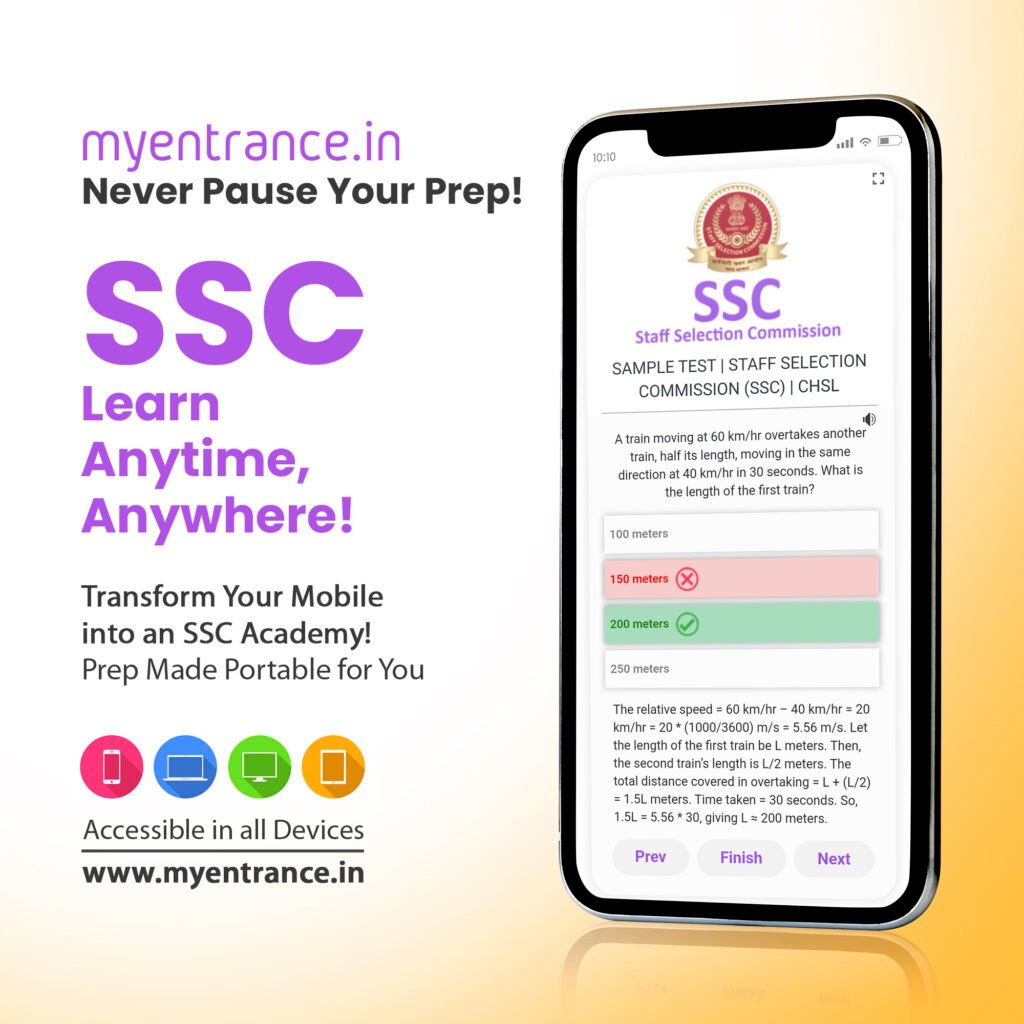

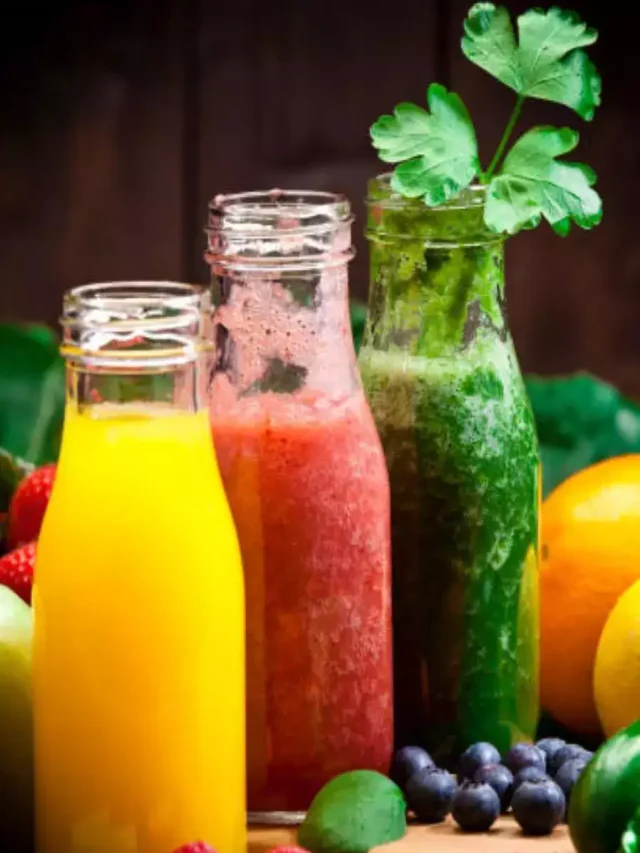










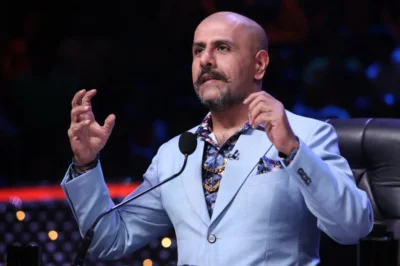





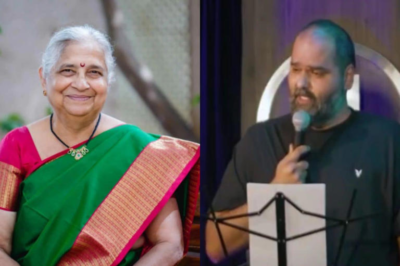



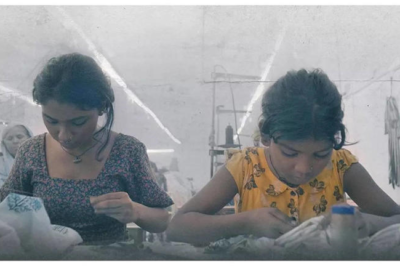
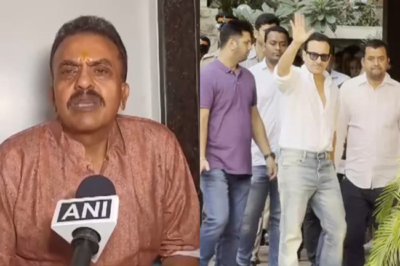
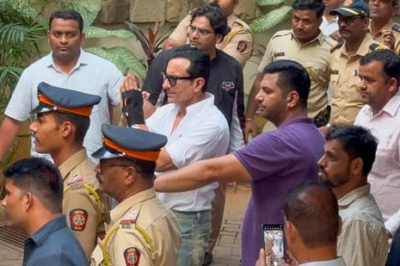
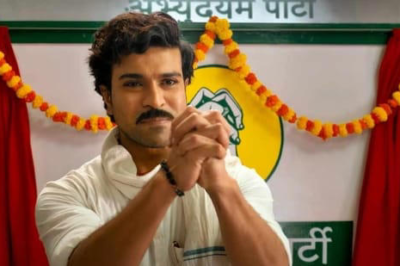





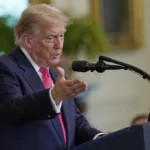

Leave a Reply